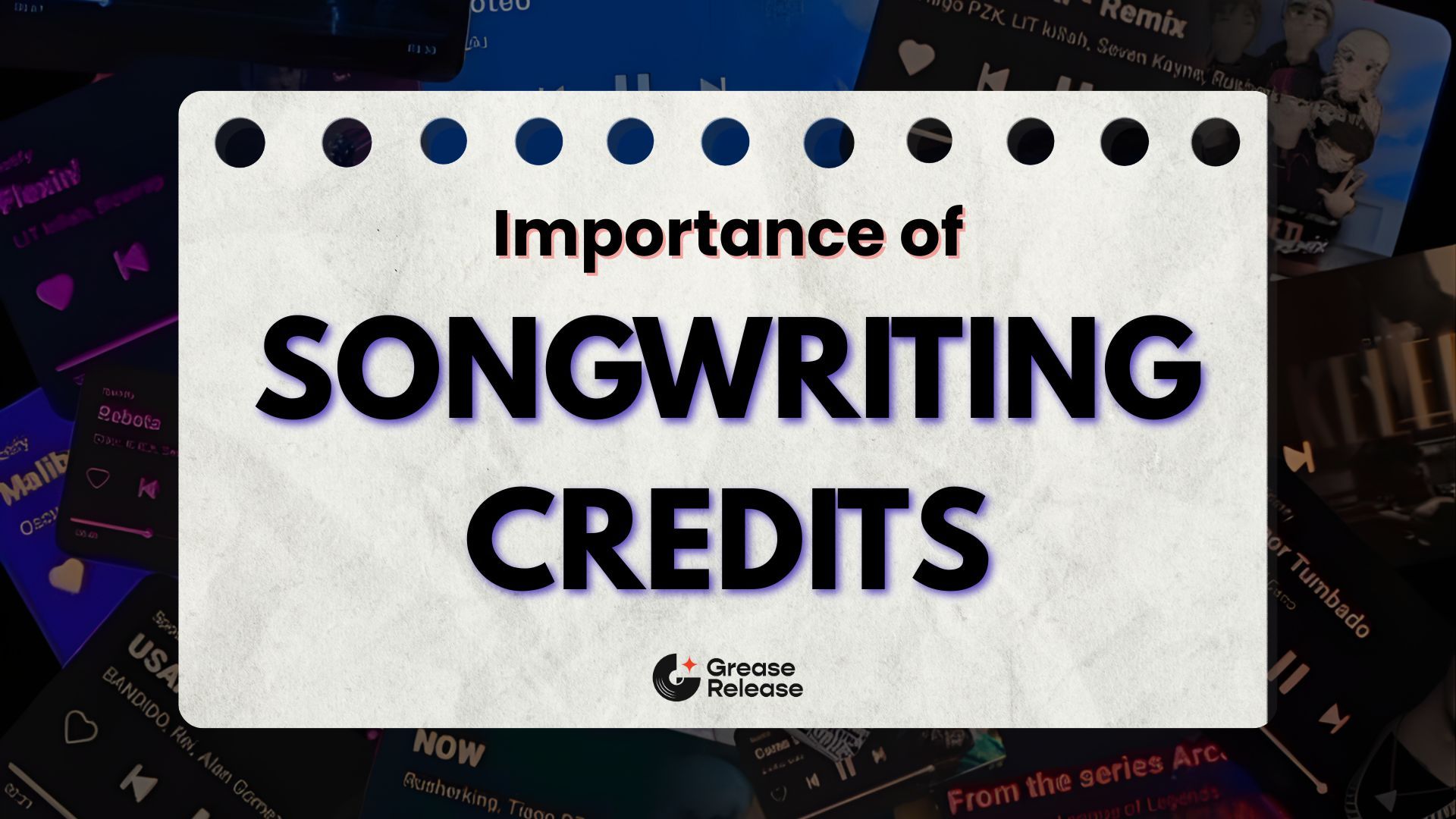
Music Marketing 101: Putting Previously Released Singles on an Album
Nov 20, 2021Compiling singles to an album
Releasing singles has become an indispensable part of music marketing today, especially in the era of streaming services. Singles help garner public curiosity and hype for your album, which helps increase your album streams when the album is released, making singles almost indispensable for music marketing for new artists.
In one of our previous blog posts on Albums vs. Singles, we talked extensively about the benefits of releasing your music as each of them and how you could get the best of both worlds by releasing singles and compiling them into an album.
Having said that, often, releasing singles, then compiling them onto albums without losing stream counts can be a confusing task, especially for newer artists. Given below are some helpful tips.
Play Counts
Play Counts or number of streams show how many times a song has been played, which is often an essential factor for artists to gauge their growth. Play Counts also help rank your songs on streaming services, which enables your listeners to listen to your most popular songs and thus, helps you in music promotion.

Many new artists struggle to retain the play counts from their previously released singles while compiling them onto an album. Improper play counts can cause confusion amongst your listeners who might get puzzled seeing different play counts of the same song.
The simple solution to this problem is to use the same ISRC for the single and then put that same track on the album. Let’s discuss ISRC.
ISRC

While we are on the topic of ISRC, let us discuss what ISRC means. ISRC stands for International Standard Recording Code. It is almost like a digital watermark that helps in recognising a mastered song. ISRC is the key in counting the number of streams for separate tracks, making it extremely important to use the same ISRC previously used for the single on the album. The number of streams can also give important insights into your music marketing strategies and help you improve them. Here’s Top 10 Music Industry Terms You Should Know.
To find your ISRC, log into the account of your distributor and locate. It is always handy to save the ISRC code of your songs, especially your singles, in a document that you can access whenever you need to. While entering the information for your albums and songs to register them, you will find spaces to write the ISRC for separate tracks. This ISRC is either assigned to you by your distributor or is acquired from a third-party source. However, for pre-released songs, or singles that were released before the album, you just need to fill out the ISRC number that was assigned to it when it was first released.
Another common confusion among new artists is that if they need a new ISRC for different versions of their songs and the definitive answer is yes, they do. Remixes, re-recordings, radio edits, and other versions of your album are all different tracks altogether and therefore need a new ISRC.
Now that you know the basics, the process is pretty simple:
- Copy the ISRC for your previously released single
- Sign up your new album for distribution
- When entering ISRCs for individual tracks, paste in the single’s ISRC for the same song on the album
But what about the UPC?
UPC

Along with an ISRC number, a UPC, which is an equally important part of your music metadata, is also assigned to your singles and albums. Let us understand what a UPC is.
UPC stands for Universal Product Code. UPC is a code assigned to tracks that helps in tracking the sales of a product. UPC is assigned to albums and singles to help streaming platforms match the complete release with the distribution company, while ISRC is for each track on the album.
This means that you need UPCs for your albums which are separate from the UPCs for the singles in those albums, as the album is considered to be a different product from its singles.
Furthermore, bonus albums and re-mastered or re-recorded albums also require the assignment of new UPCs as each change in an album makes it different from the original.
The rule for UPC is a little different when it comes to Vinyl and CDs. If you are selling your music in all three formats: Vinyl, CDs, and Digital, then you will need UPCs for either the vinyl or the CDs. This UPC will be separate from the UPCs assigned to the digital copy. However, if you are only doing two formats, like vinyl plus digital or CDs plus digital, then you can use the same UPC for both formats.
To get a UPC, you can either buy it from your music distributor or a third-party UPC vendor.
However, it is essential to be careful while purchasing UPCs from third-party vendors because those vendors are infamous for generating invalid UPCs or UPCs that have already been in use before. These unavailable and pre-used UPCs are not usable and will only hinder the process of your music marketing while adding on extra stress.
Music Marketing can be a tricky area for new and upcoming artists as all the technicalities and rules of the industry might get overwhelming from time to time. But once you have understood the basics like the ones we discussed above, it becomes easier to navigate the world of music marketing strategies and releasing singles and merch. Check out Music Royalties 101: How Performance Royalties Work.
Don't miss my newsletter!
Join me on a music entrepreneurship journey with new tips and tricks delivered straight to your inbox.
We hate SPAM. We will never sell your information, for any reason.




